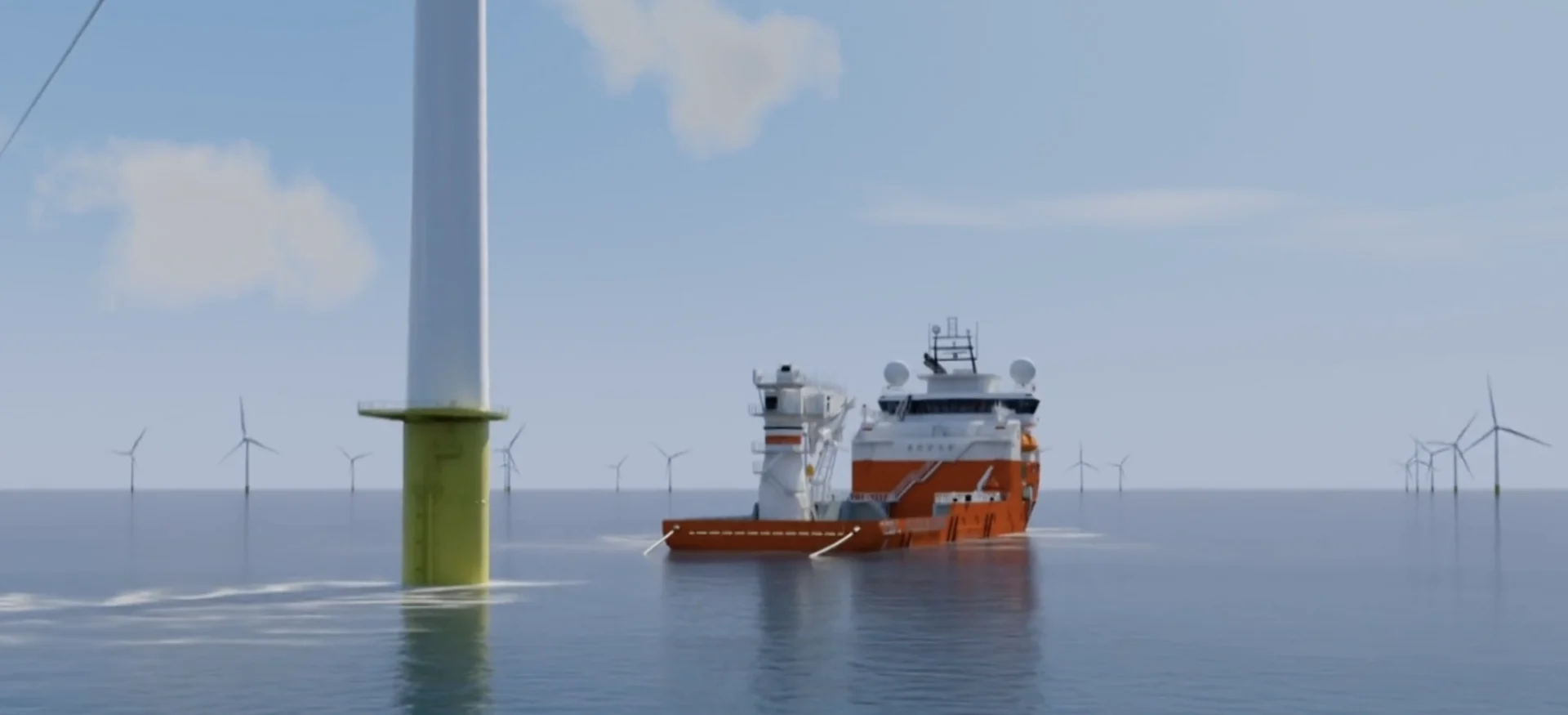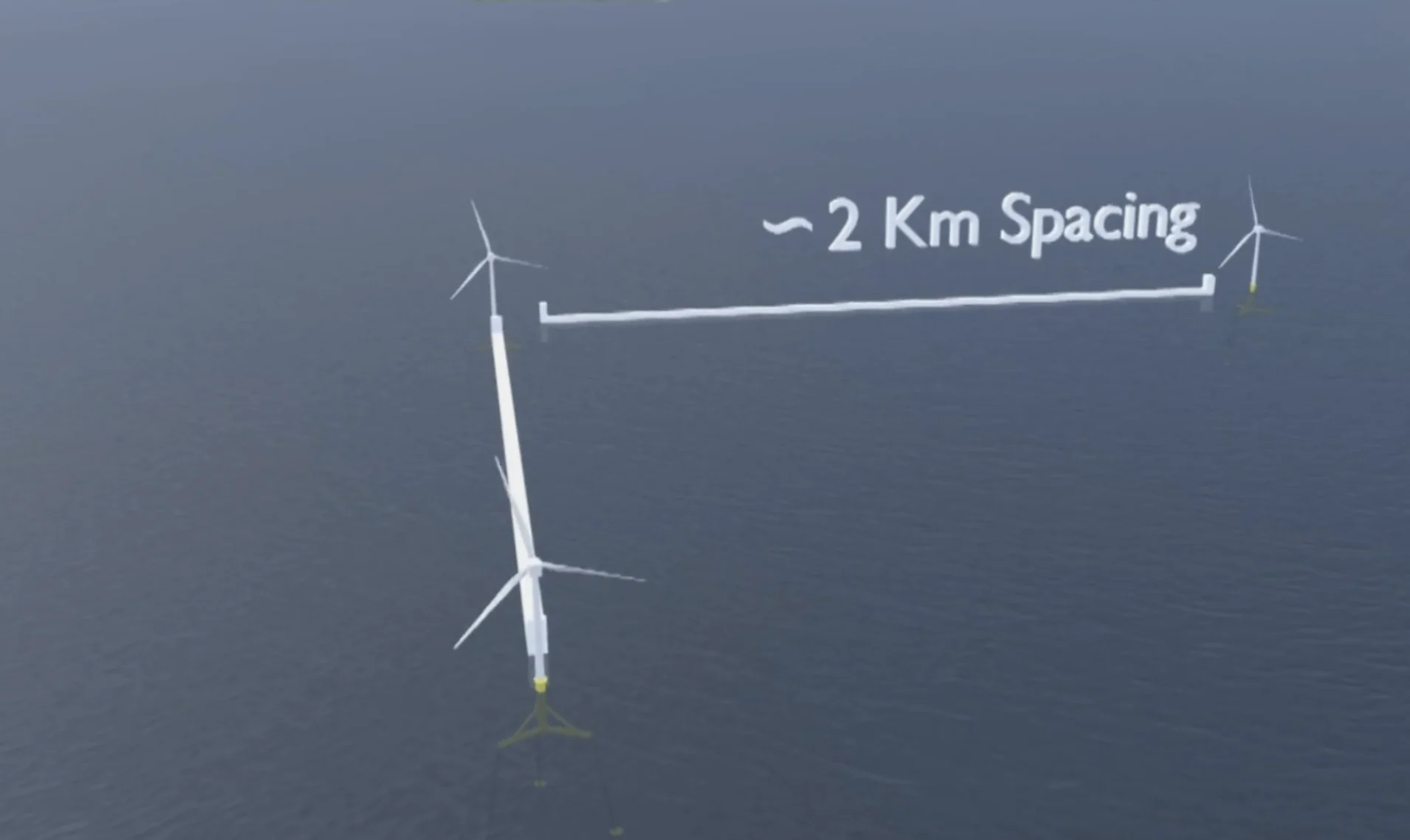
Canada's first offshore wind turbines could be coming soon
Pending regulatory approval, the project aims to be operational by 2030 and has the potential to contribute significantly towards Nova Scotia and Canada's decarbonization objectives for the year 2030
Canada is home to the longest coastline in the world, but you won’t find any offshore wind turbines spinning anywhere near it.
Nova East Wind aims to change that by setting up a project with 20 to 25 turbines off Goldboro, N.S. It would be the first offshore wind set up in Canada, but the province of Nova Scotia still needs time to complete a regional assessment and environmental reviews with engagement with local fishing communities.
“They need to be part of that discussion as well,” Nova East Wind Project Manager Gerald Sheehan tells The Weather Network.
Sheehan says he is actively engaged with First Nations and commercial fishers to address any concerns, and says there’d be plenty of room for fishers to navigate the 1.8 to 2.4-kilometre spacing needed between the turbines.
“There’s more room between offshore turbines than there is between the shores of Halifax Harbour, which transits container ships and vessels every day,” says Sheehan.

The project aims to consist of approximately 20-25 floating wind turbines, each producing an anticipated 15MW of energy. (Source: Nova East Wind)
SEE ALSO: Indigenous-owned wind farm is thriving in one of Quebec's windiest regions
What makes this location in Goldboro so attractive? While they do get extreme wind gusts during big weather events, it’s those steady, sustained winds that occur consistently offshore that make it such an attractive place to harness wind with large-scale turbines.
"Offshore Nova Scotia rivals the world leaders in offshore wind speeds and duration,” says Sheehan.
The capacity factor looks at the strength of the wind on an annual basis, and Sheehan says the eastern shore provides access to the predominant westerly and southwesterly winds for the majority of the year.
Nova Scotia has a wind regime in the 20-knot range—so, typically over 11 metres per second.
DON'T MISS: World's first accurate models of snow crystals on display at Nova Scotia museum
In extreme winds, the blade angle can be changed or it can be shut down.
Nova Scotia’s target for wind energy production by 2030 is around 1,000 megawatts. Sheehan says the Nova East Wind project alone would produce 3 to 400 megawatts, with 20 to 25 turbines each producing 15 megawatts of energy.
If it gets the green light, it could still take 7 to 10 years to complete.
Subject to regulatory approval, the project is planned to be operational by 2030.
To learn more about the project, check out the Nova East Wind website.












